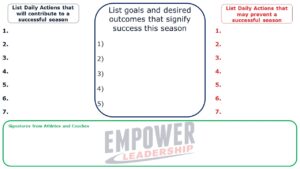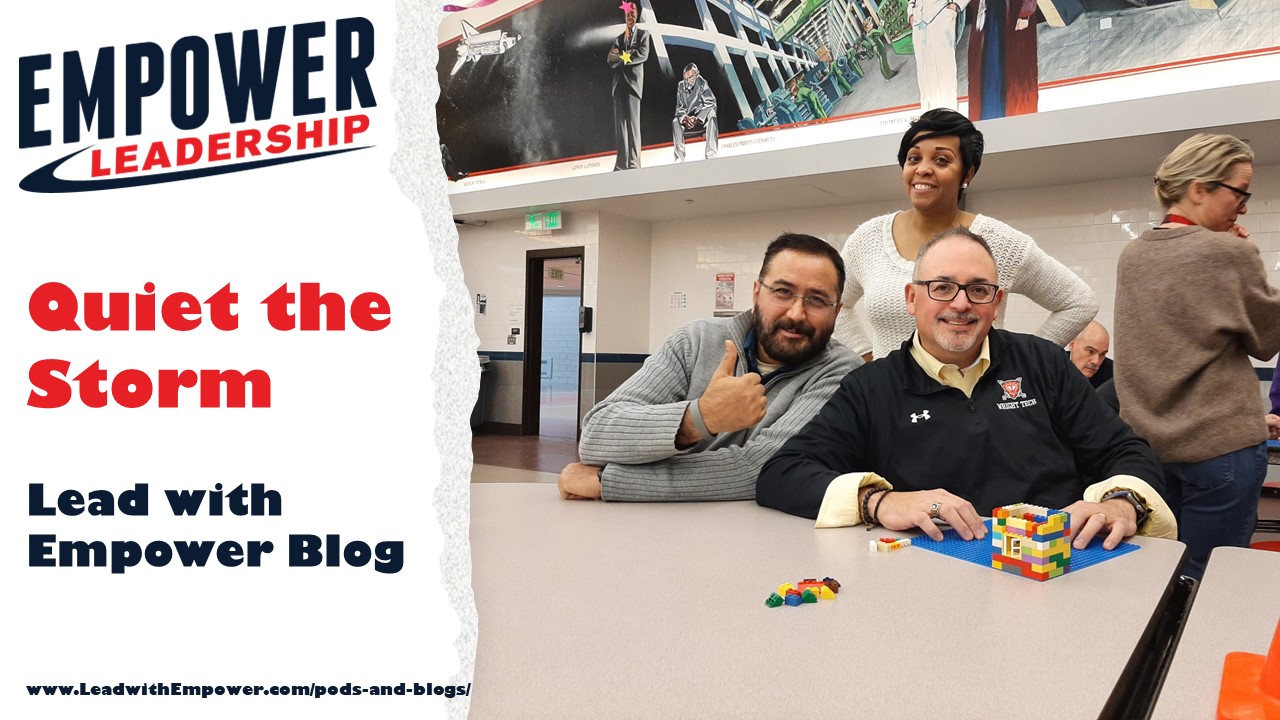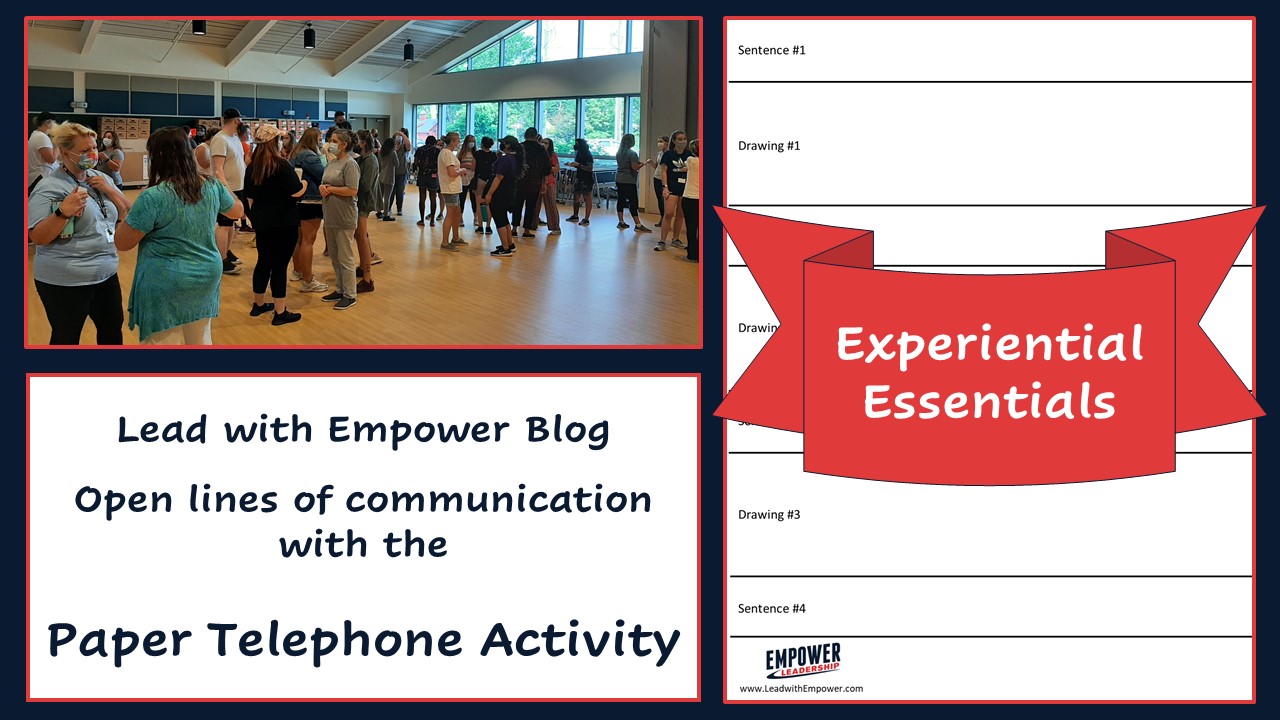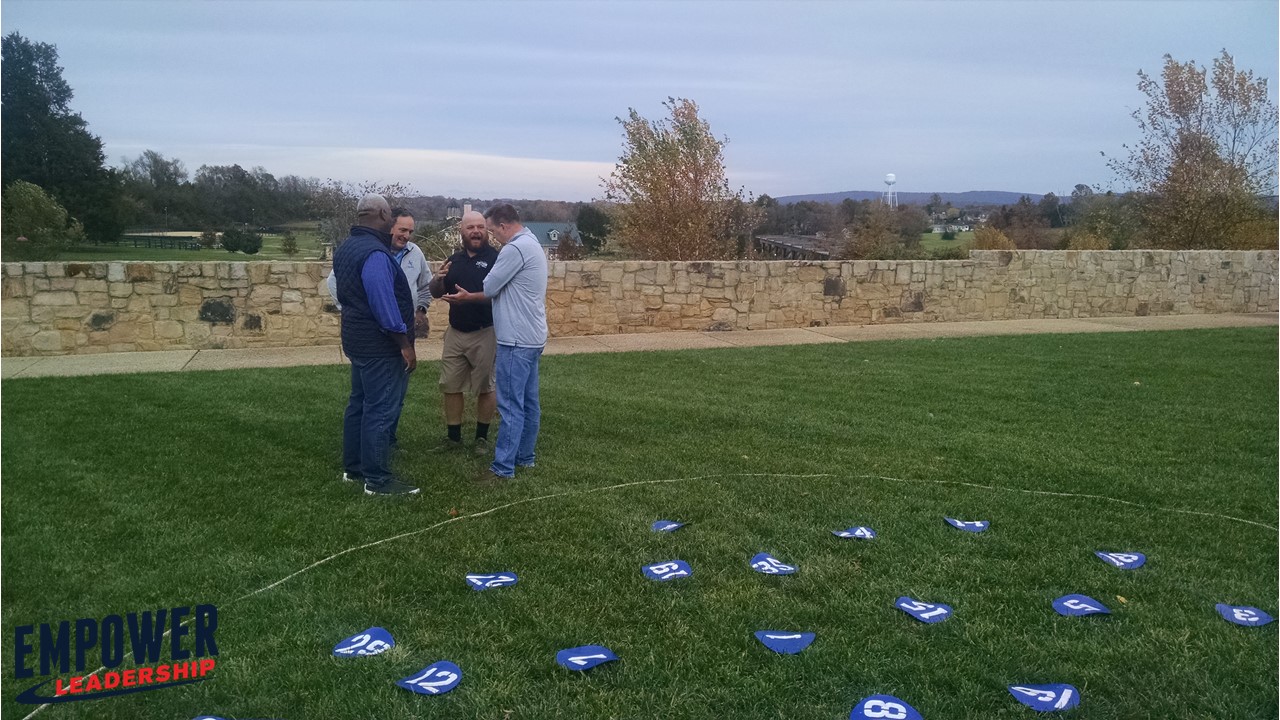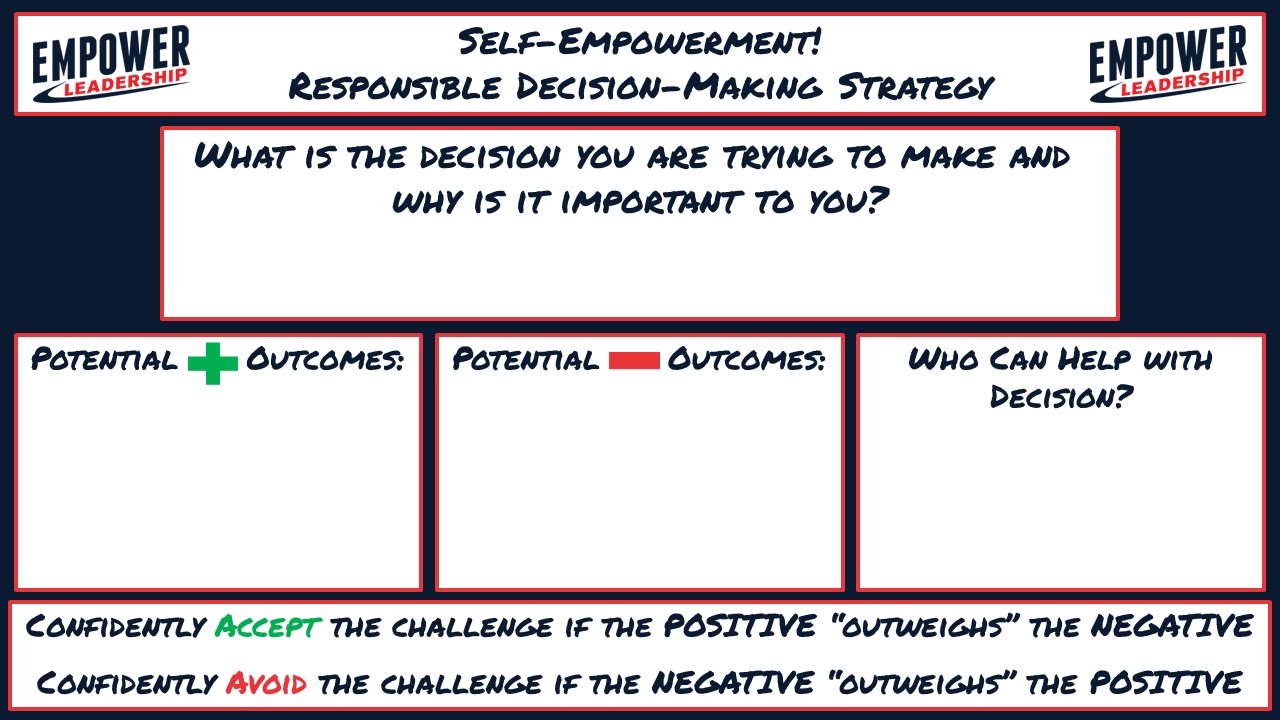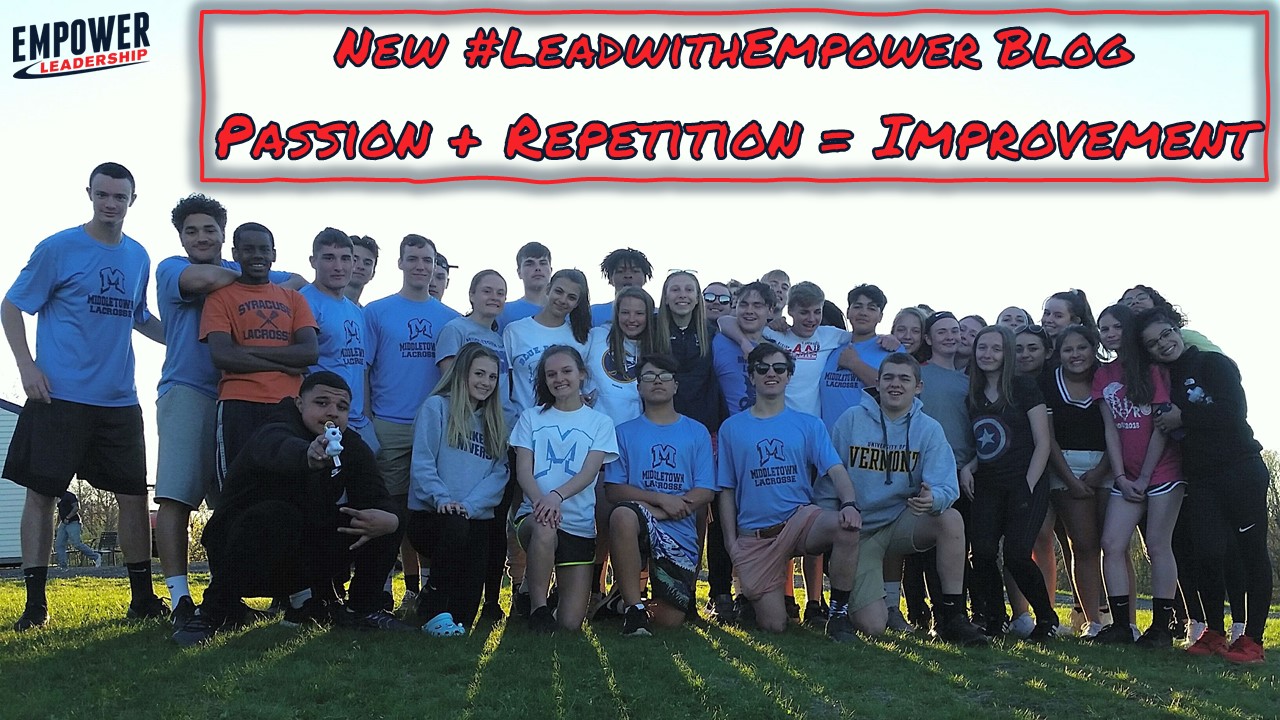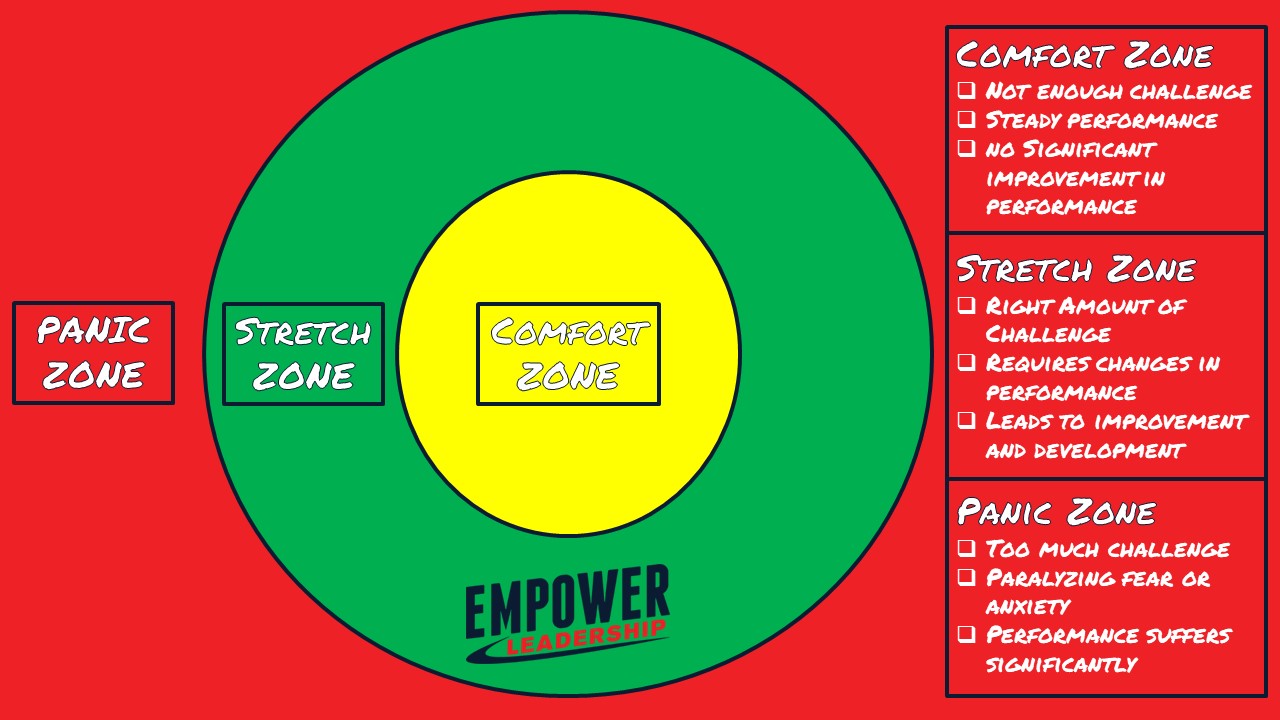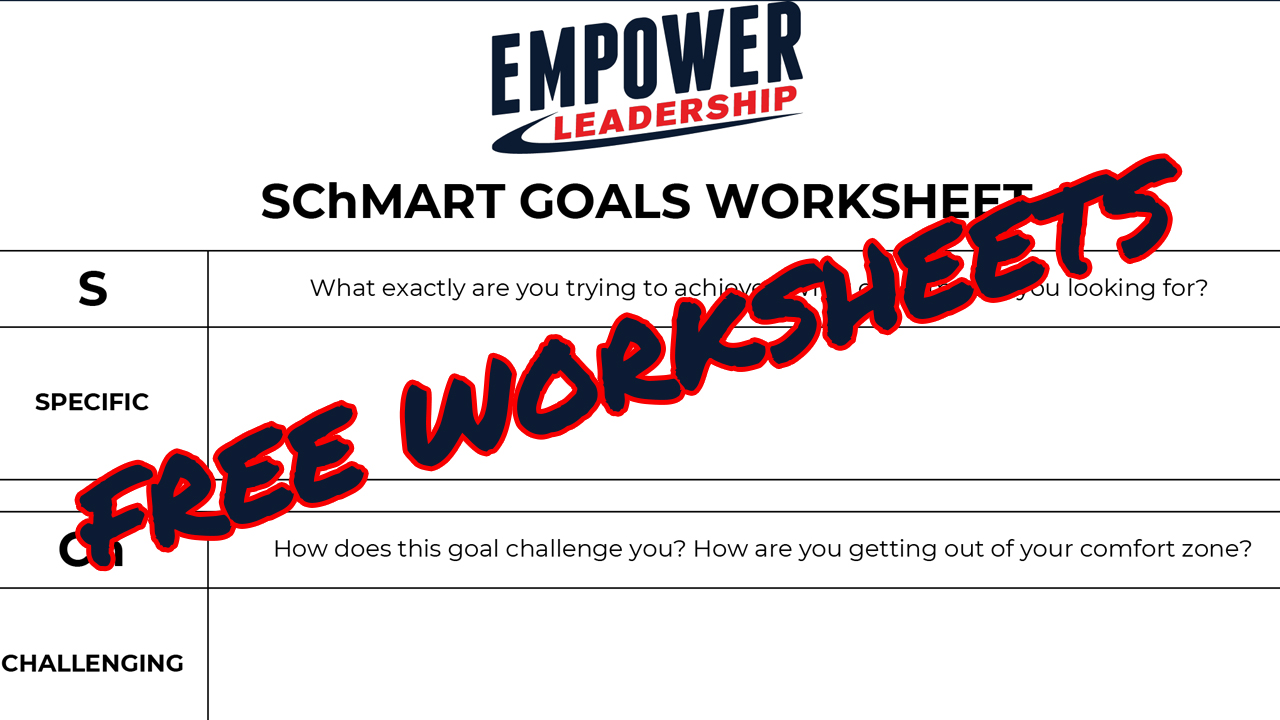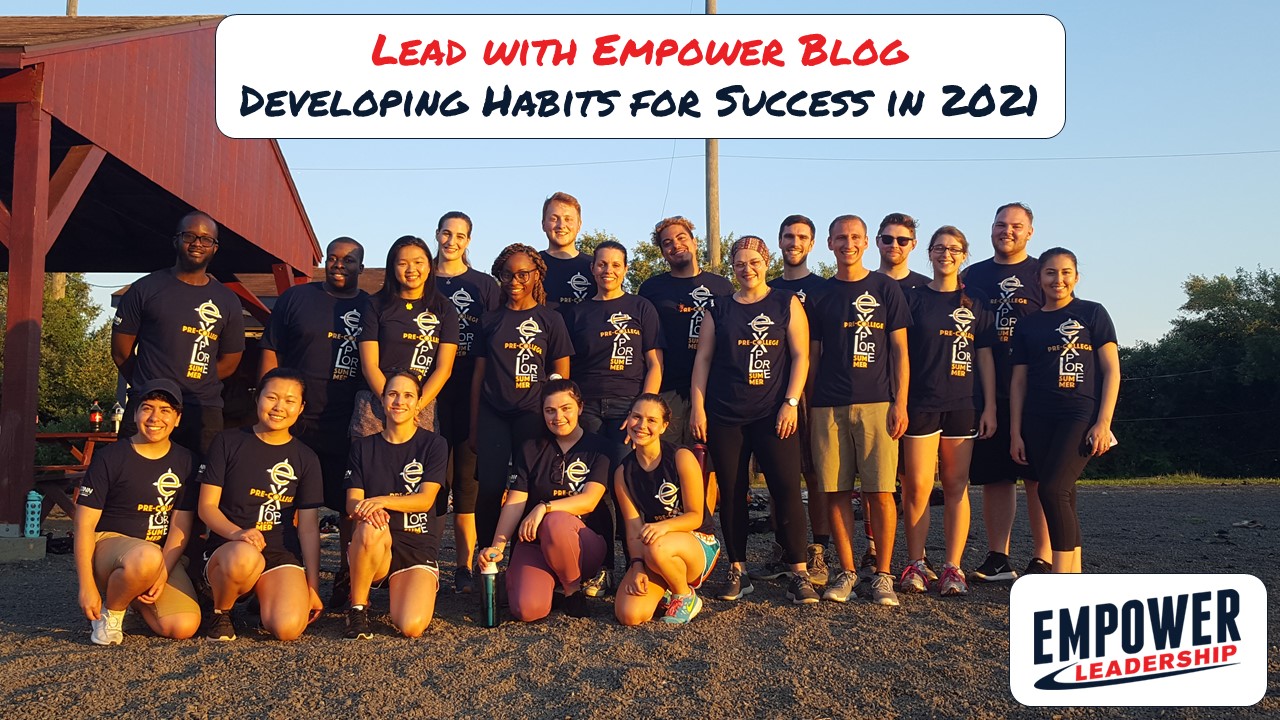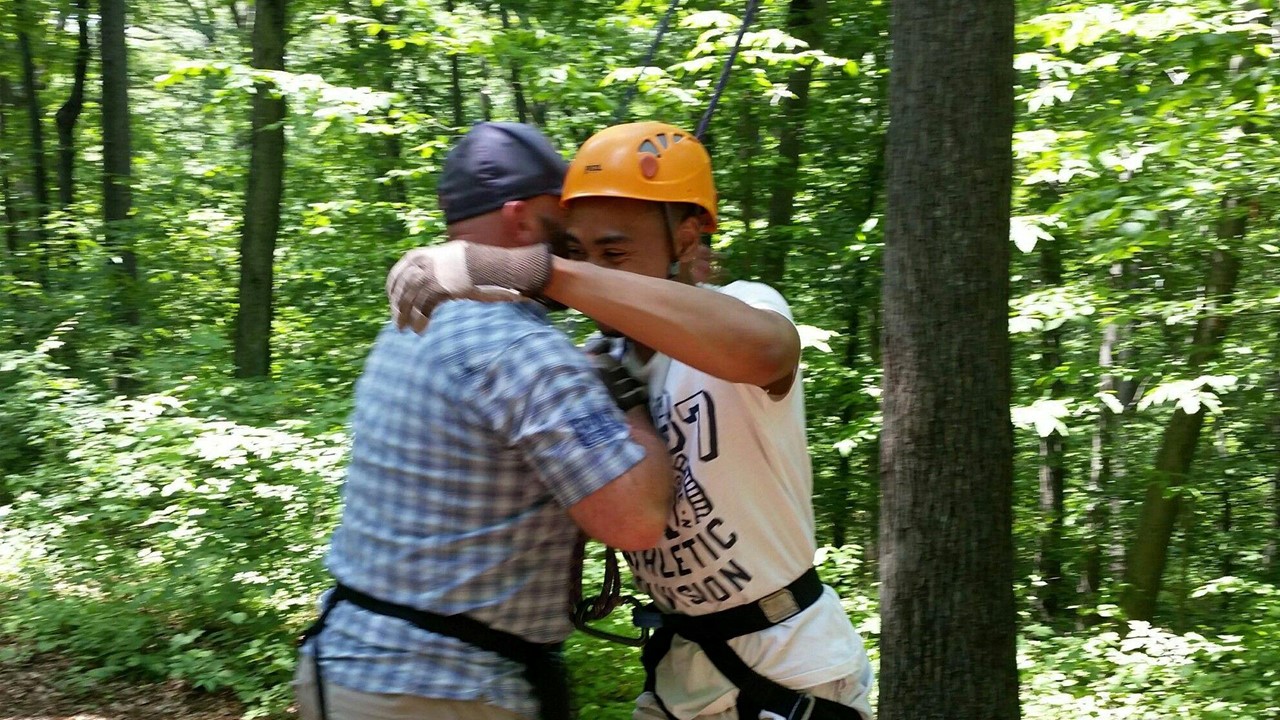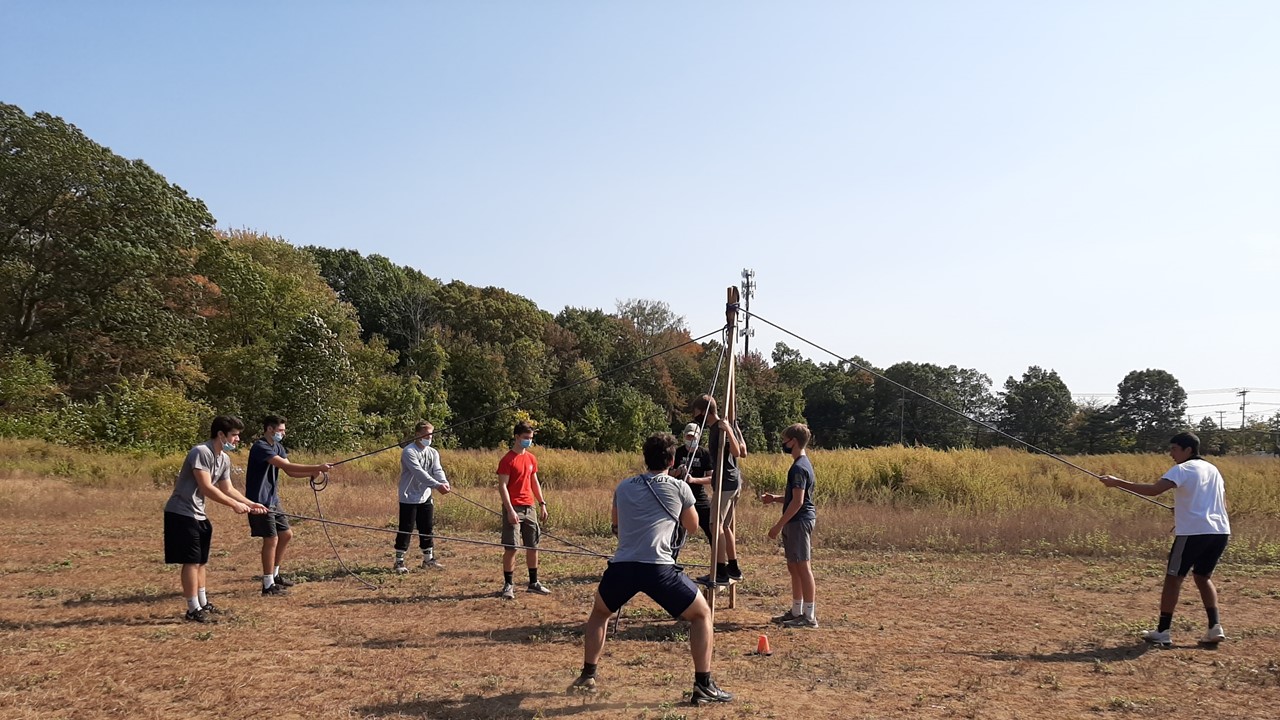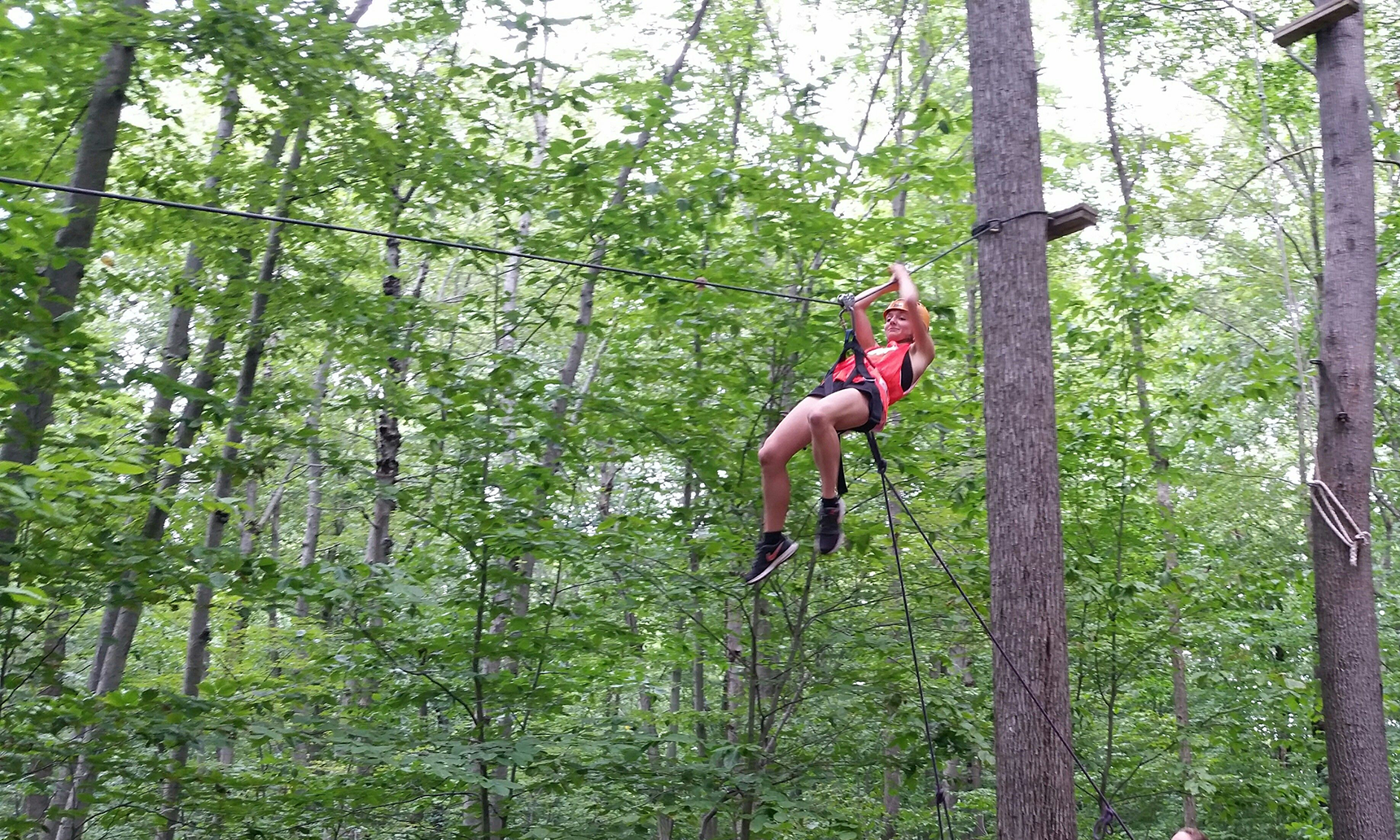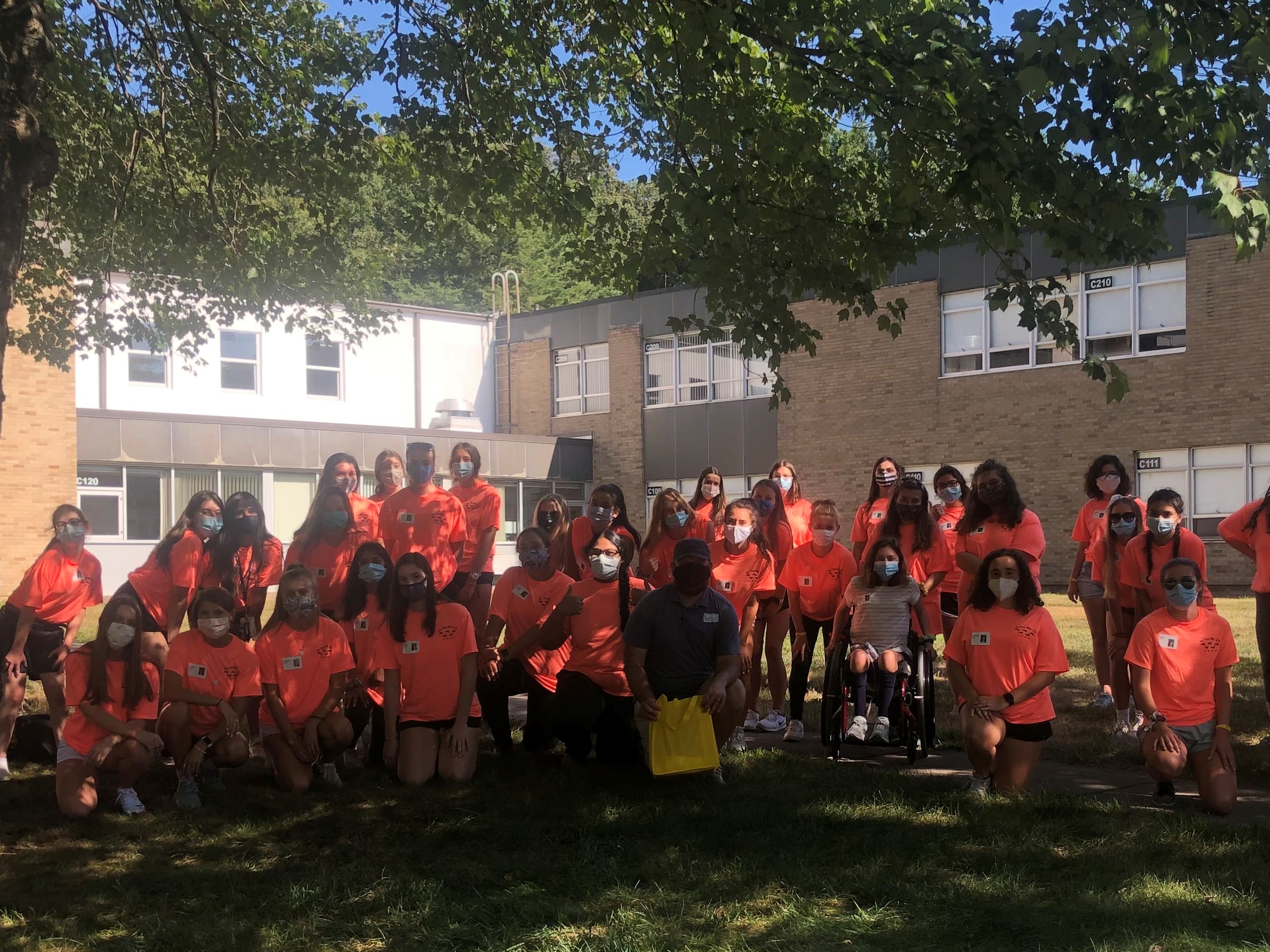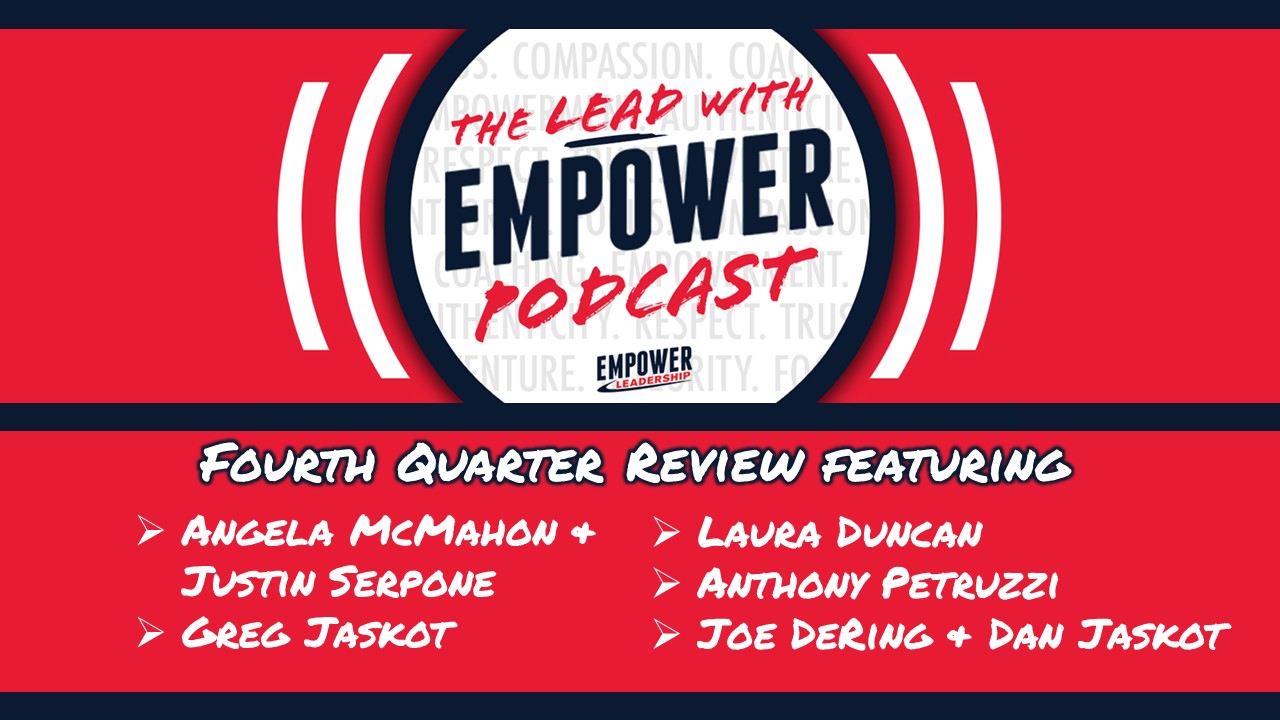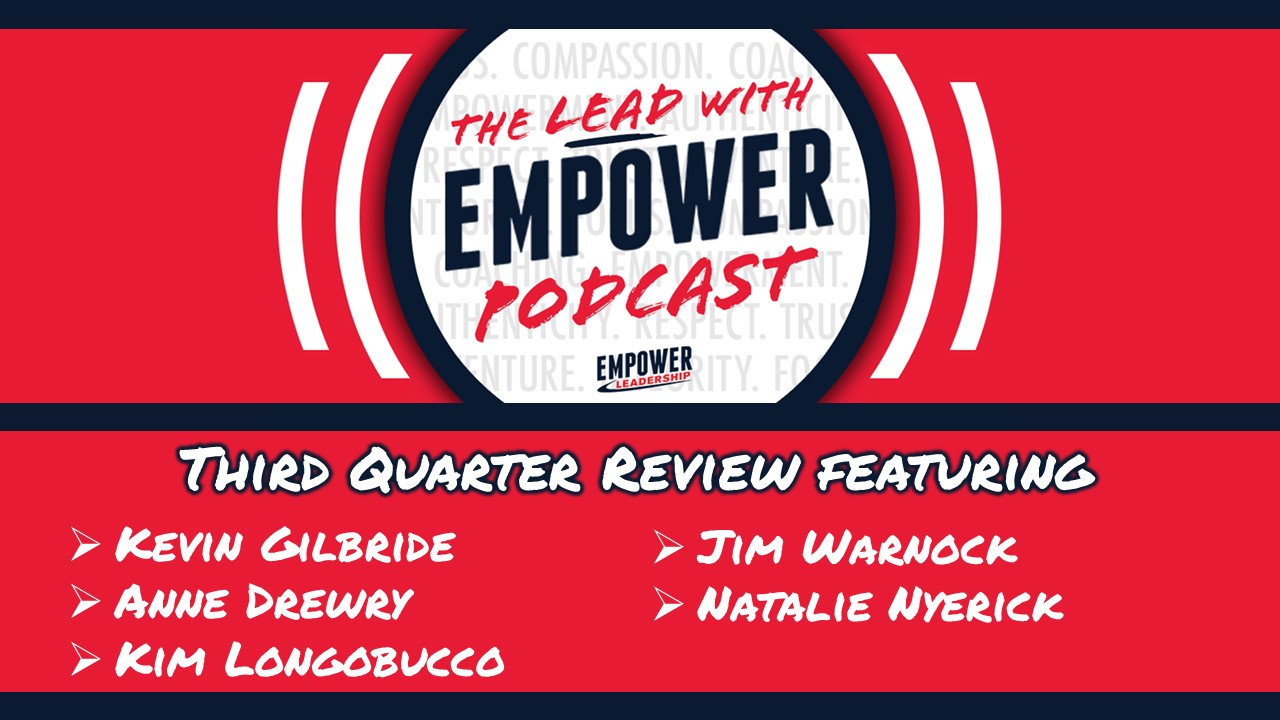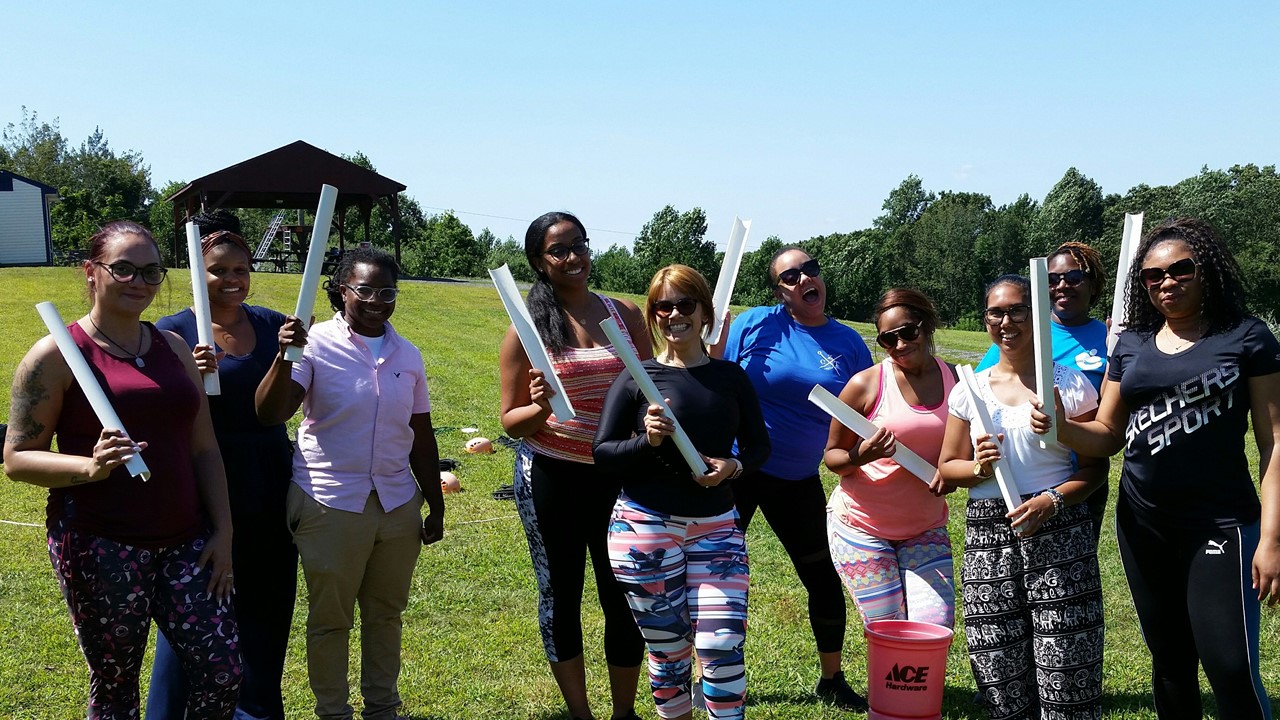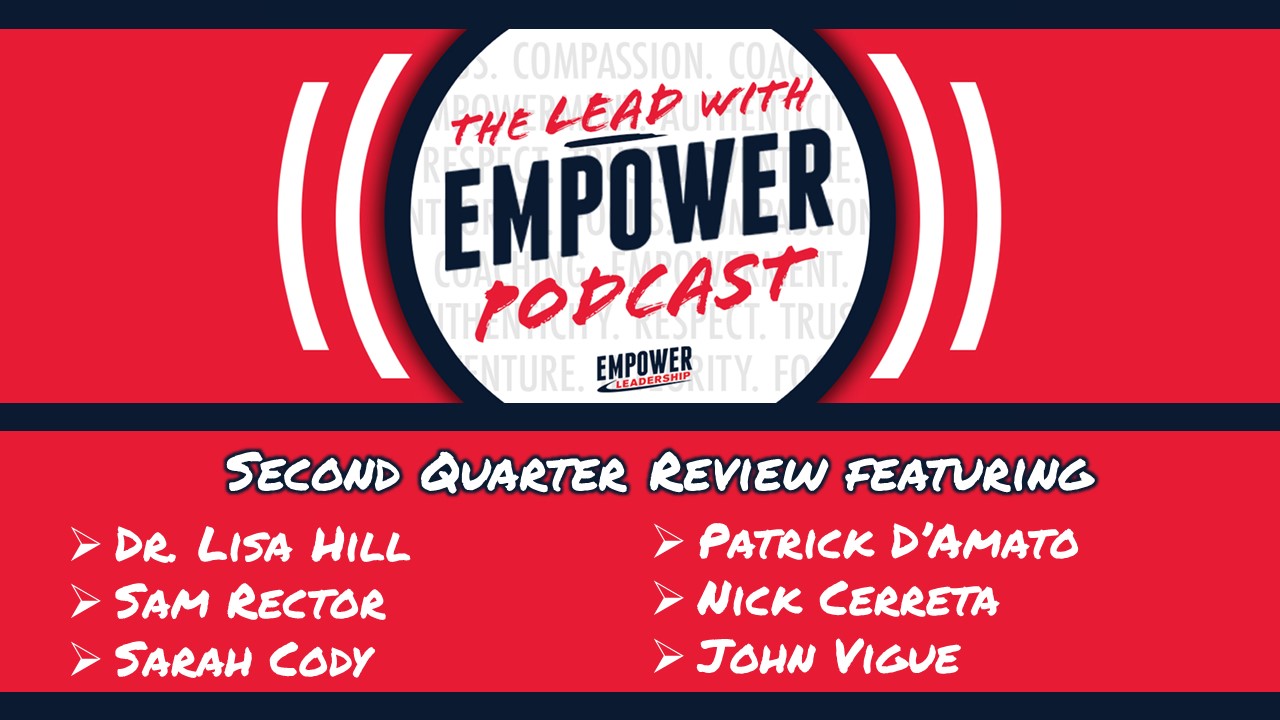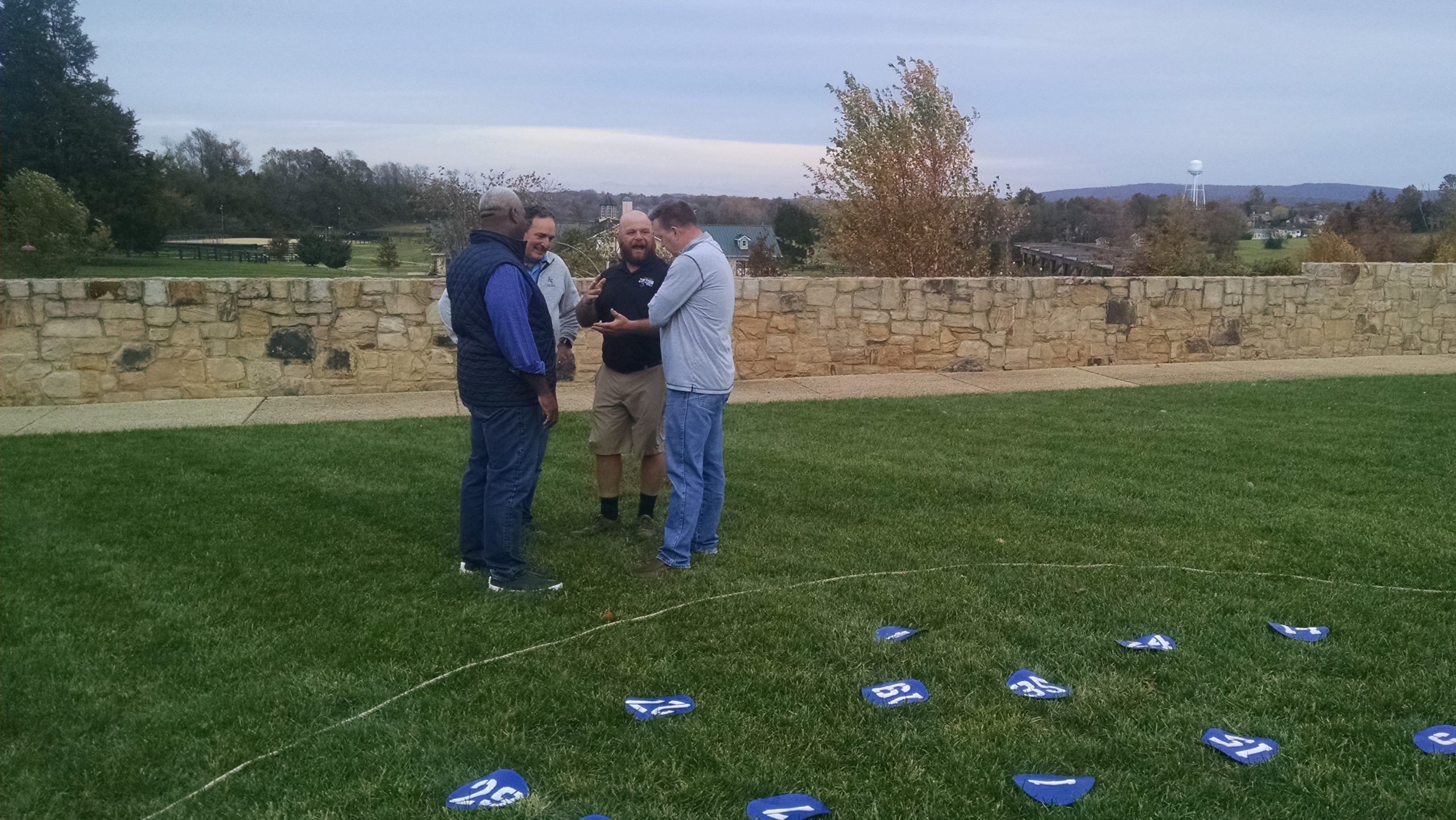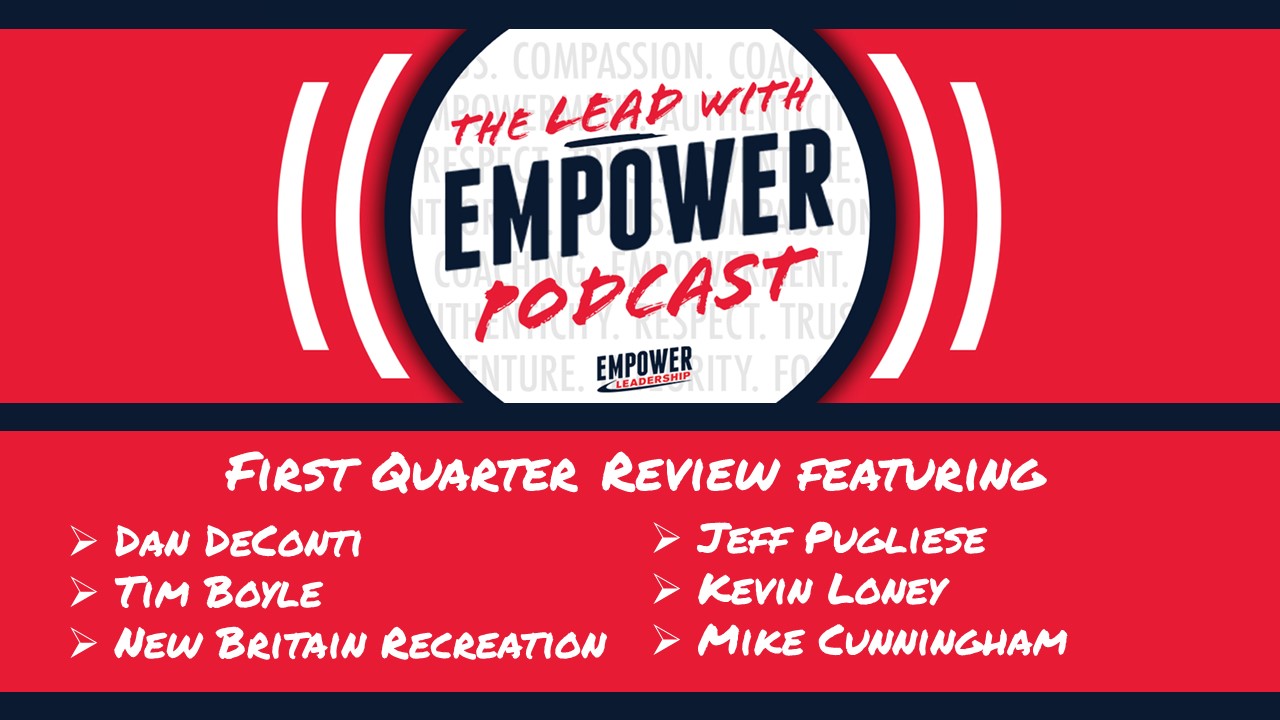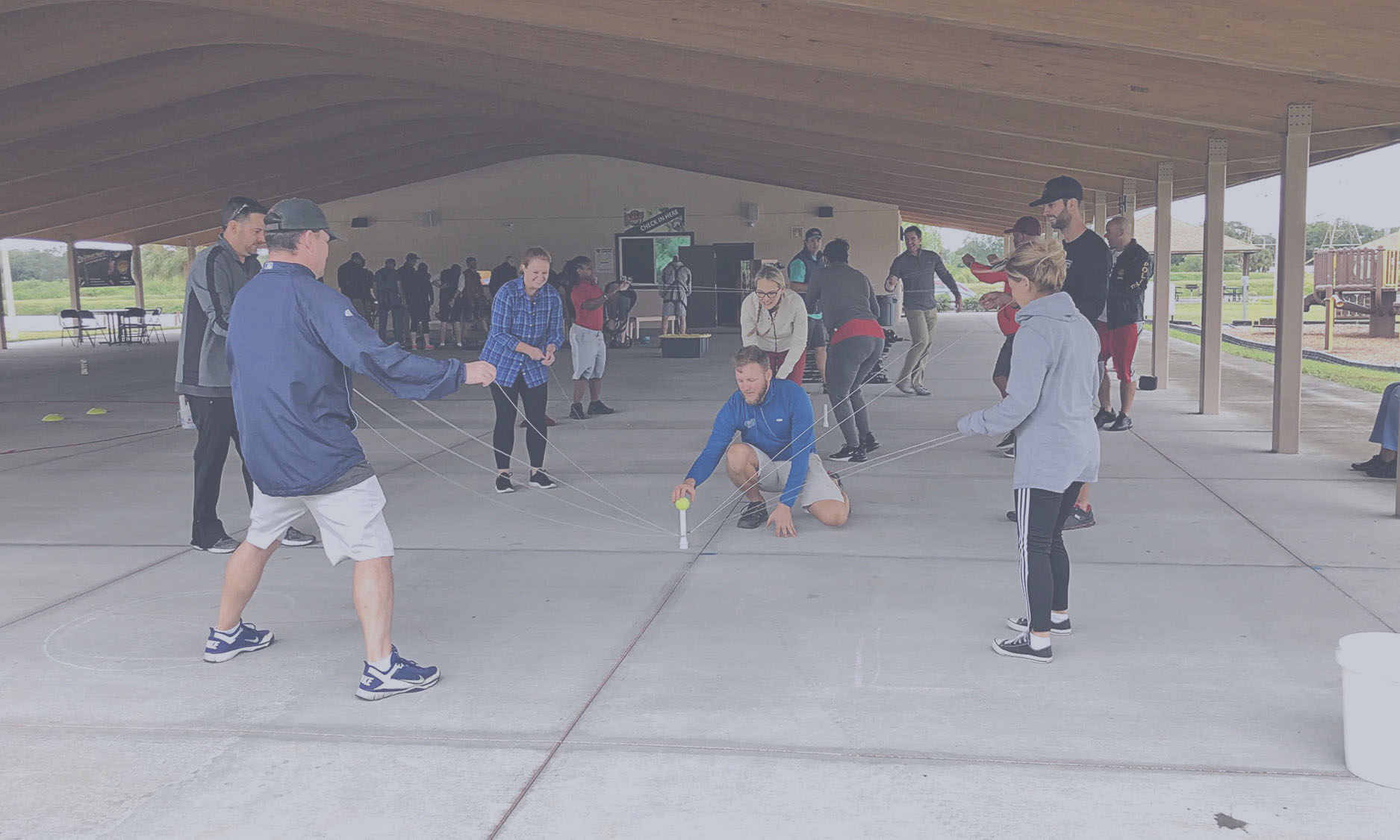Leadership in Sports – Creating a Team Culture of Accountability
Team Culture – is there a more popular buzz phrase in competitive team sports these days? Sit down with a few coaches and you will hear conversations about how great a group of athletes are (i.e. “We have a great group of girls/guys”) or about how the team just doesn’t quite get it (i.e. “our team hasn’t really come together the way last year’s group did”).
A strong team culture is something all coaches want. The more connected the athletes, the better chance a coach or coaching staff will have to maximize their athletes’ talents and abilities; and when you maximize your athletes’ talents and abilities, your team will have the best chance to walk away from a competition with a W! While a strong team culture is the desire of most, if not all coaches, oftentimes coaches fall short in bringing their desired culture to the forefront of their athletes’ daily routines both in-season and during the offseason.
Here’s a simple team exercise that can be utilized by coaches to:
- Identify tangible actions that contribute to a positive/strong team culture (and maximize opportunities for more wins than losses)
- Identify tangible actions that lead to a negative team culture (and prohibit team success)
- Sets clearly stated standards and expectations for coaching staff members, athletes, their parents, school administrators, and anyone else connected to your program
- Develop a team culture founded on accountability
The Team Accountability Exercise
Before explaining the Team Accountability Exercise, I will share a few “best practices” for its implementation. The results of this exercise will be determined by your delivery – if treated as insignificant, the results will follow suite. If delivered with purpose and meaning, you will notice significant changes in how your athletes embrace the preparation required for success in competitive sport.
- Controlling the Controllable – before implementing the Team Accountability Exercise, it is imperative that your athletes understand that the end result (final score) of a competition is not something that is fully in their control (there are “outside variables” that contribute to the end result). What your athletes/team can control is their effort in preparation, their focus and mental toughness, their communication, and their ability to respond (not react!) to adversity.
- Process vs. Product – similar to “controlling the controllable”, helping athletes understand that wanting the thrill of victory is only part of the equation. Worrying about what the result will be while ignoring the process (preparation, focus, communication, etc.) will lead to poor performances on the field.
- Athlete Buy-In – do not, I repeat, do not just sit in your office, complete the exercise, and then read it to your athletes!!! The best way to increase athlete buy-in is to INVOLVE them in the process. Complete the accountability exercise as a TEAM – seek input from your athletes and facilitate the conversation so that they come up with the answers you want them to come up with!
- If you are the coach of a larger team, the facilitated conversations (outlined below) can be organized in smaller breakout groups.
Delivering the Team Accountability Exercise
- Discuss the Team Accountability Exercise with your assistant coaches and captains prior to delivering the exercise to your team. Having the buy-in from your team’s “leadership core” will give you a better chance at full-team buy-in.
- Schedule a 20 to 30 minute team meeting (pre-season). Explain the concept of “controlling the controllable” and the importance of process and preparation before introducing the Team Accountability Exercise.
- Facilitate a discussion in which your athletes identify 5 indicators of a successful season. Come to an agreement on the 5 indicators and write them on the worksheet.
- Facilitate a discussion with your athletes to identify 7 daily actions (tangible actions, not abstract ideas) that will contribute to your team’s ability to achieve their desired goals/outcomes for the upcoming season. Come to an agreement on the 7 “contributing actions” and write them on the worksheet.
- Facilitate a discussion with your athletes to identify 7 daily actions that will hinder their ability to achieve their desired goals/outcomes. Come to an agreement on the 7 “hindering actions” and write them on the worksheet.
- Have each athlete and coach sign the worksheet as a representation of their commitment to the 7 contributing actions and an understanding of the hindering actions.
- Lead a discussion (heavily guided) to identify (1) what the team should do to celebrate when the contributing actions are exhibited consistently, (2) what support/leadership the athletes may need to exhibit the contributing actions and avoid exhibition of the hindering actions, and (3) what happens when an athlete exhibits more hindering than contributing actions.
- Photocopy the completed worksheet, then have each athlete obtain their parents’/legal guardians’ signature (parent buy-in!!!) and return the completed worksheet to the coaching staff or team captains.
- Make it part of the team routine – encourage your team captains and/or coaching staff to dedicate a portion of each meeting, training, practice, and competition to a short discussion about the contributing and hindering actions. Encourage your athletes and coaches to celebrate/shout-out the athletes who are consistent in the contributing actions. Provide additional coaching, support, and re-focusing opportunities for the athletes who are not.
Leadership in Sports – Creating a Culture of Accountability
The Team Accountability Exercise serves as an excellent opportunity to have your athletes identify the smaller daily actions that lead to team success while creating clearly stated expectations for all involved in your program. If an athlete or her/his parent is complaining about playing time, you can refer to the athlete’s performance with regards to the contributing vs. hindering actions as a reason why the athlete may not be on the field as much as she/he would like. You can also work directly with the athlete to create a plan of action to help them improve their performance of the contributing actions while eliminating the hindering actions.
The outline of the Team Accountability Exercise delivery (above) focuses on its use as a tool at the start of a sports season; however, the exercise can also be implemented at the start of your off-season training program. The convestations would just shift to (1) what does the team want/need to accomplish during the off-season training program, (2) what daily actions will contribute to team achievement, and (3) what daily actions will hinder team achievement.
Creating a team culture of accountability will not happen by chance. Accountability will only occur when it becomes part of your team’s daily routine. Coaches will always “get what they inspect”.
Have questions about the Team Accountability Exercise? Email (dan@leadwithempower.com) or call (860-652-5690) Dan Jaskot, Empower Leadership’s President and General Manager, for a complimentary 15 minute consultation!

